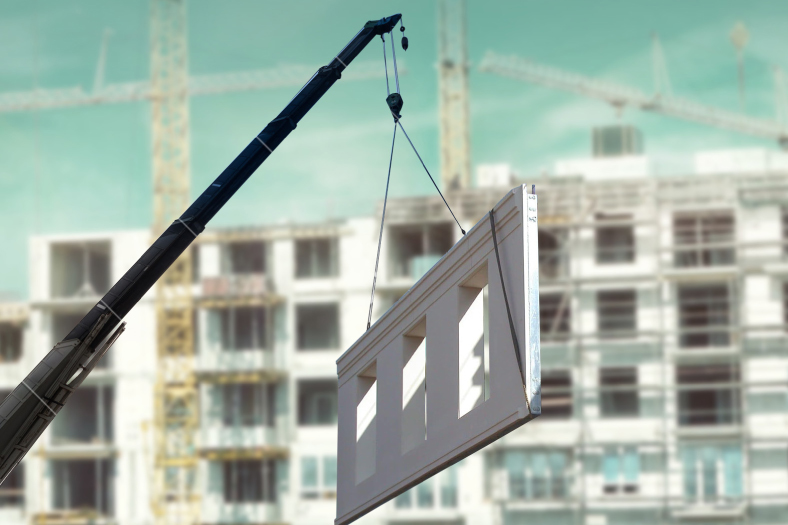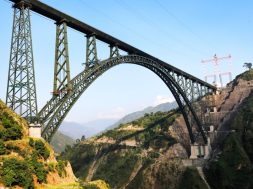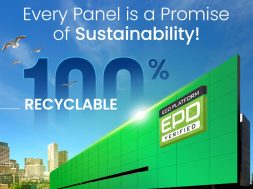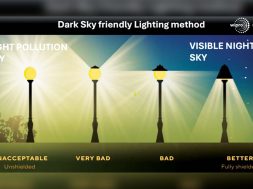
Precast concrete has environmental attributes that can make it preferable to cast-in-place concrete.
Precast plays an essential role in the modern world construction of every building today, it refers to the making of parts in an offsite workshop or factory prior to the installation at the site. The primary purpose of precast construction is to produce building components in an efficient work environment with accesses to specialised skills and equipment in order to reduce cost and time expenditures on the site while enhancing quality and consistency.
Ideal choice for green building
Precast concrete has environmental attributes that can make it preferable to cast-in-place concrete. Plant casting is more resource-efficient in the use of formwork and reduces waste generated at the construction site. Also, standardised precast elements can be installed more quickly and efficiently, resulting in faster construction times and less on-site equipment noise and emissions. Gaining additional recognition is precast or pre-stressed concrete, which uses less material to achieve similar load-bearing capacity. These types of environmental attributes are important in terms of environmental excellence and contribute to the material’s embodied energy. However, these attributes relate only indirectly to existing LEED points. For instance, reducing waste generated on site makes it easier for a project to capture points awarded in the Construction Waste Management credit for diverting 50 per cent to 75 per cent of construction waste from area landfills. Less formwork on site also means that less wood has to be purchased for a project, which makes it easier to earn the Certified Wood credit, as certified wood can be an expensive option for formwork.
Precast technology is recognised and recommended by several international environmental agencies as well as the Ministry of Environment and Forestry, GoI which calls for compliance with ECBC which are readily provide by precast elements. Precast structures gain upto 23 potential points of Green Building LEED Certification under the categories of innovation and design process, sustainable sites, materials and resources, indoor environmental quality and energy and atmosphere which make it ideal choice for green buildings. There are several advantages of green precast concrete such as corrosion resistant, durable, high compressive strength, eco-friendly and good seismic behaviour.
Materials used in green precast construction
The additives for the cement replacement like fly ash, GGBS, silica fumes can be used in precast construction.The MS shutters or moulds in place of wooden shutters or moulds can be used which saves lot of trees on the earth. According to Shridhara C.N, Head-Technical and Marketing, Preca Solutions India Pvt Ltd, using automation in supply of concrete from batching pInsulation solution for eco-friendly structureslants to the moulds will reduce lot of wastage of concrete. Using of curing compounds instead of water will save lot of water. No plastering is required on the surface of precast elements. It eliminates dirt at construction site and also eliminates unwanted shrinkage cracks in the future. Directly painting can be done on the surface of precast elements which minimise the maintenance cost drastically.
All precast elements shall be designed for two-hour fire ratings. The hollow core slabs are very much energy-efficient products. These slabs act as self-insulating for the heat transfer from open terraces. Even insulated precast wall panels will reduce the usage of air conditioning capacity drastically. The insulated walls will balance the temperature inside the buildings. “All precast elements casting under stringent quality procedures which results good quality of products. Also, all the elements casting in horizontal MS moulds will avoid honey combing while casting. Efficient compaction will increase the durability of products,” said Shridhara.
Using automation in supply of concrete from batching plants to the moulds will reduce lot of wastage of concrete.
Shridhara C.N, Head-Technical and Marketing, Preca Solutions India Pvt Ltd
Cookie Consent
We use cookies to personalize your experience. By continuing to visit this website you agree to our Terms & Conditions, Privacy Policy and Cookie Policy.









